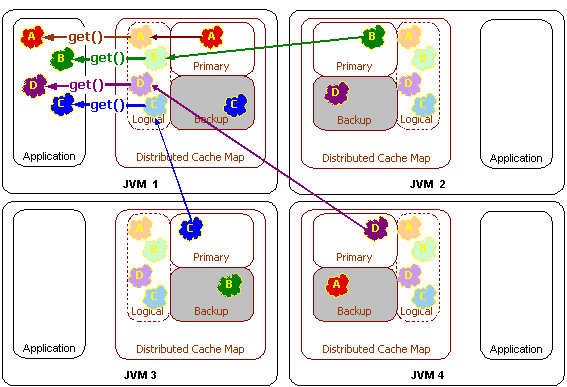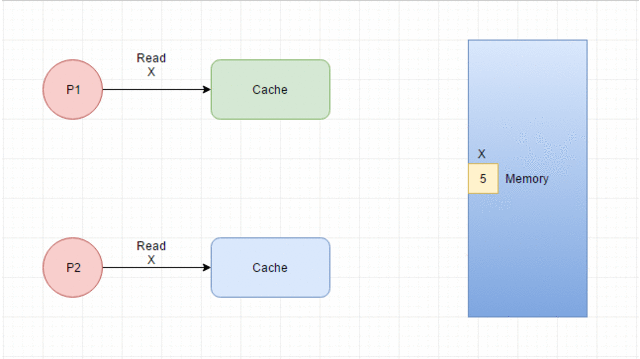

However, this capability traditionally comes at a cost, mainly slower speeds compared to Dynamic Random Access Memory (DRAM).

The research centers on the integration of Compute Express Link (CXL) with Solid State Drives (SSDs), a technology capable of scalable access to large memory.

We present a groundbreaking solution to a significant challenge in the realm of data storage and memory access. We are thrilled to announce that a cutting-edge research paper, penned by Miryeong Kwon and Sangwon Lee, has been accepted at this year's HotStorage conference. Stay connected for more updates on our future endeavors as we continue this exhilarating expedition of innovation and discovery.

We are perpetually pushing the boundaries, exploring the realms of possibility with state-of-the-art technologies like CXL. As we progress on our journey, we are enthusiastic about encountering more such opportunities to share our expertise and discoveries with the wider tech community. This sophisticated methodology has significantly elevated the training performance and notably reduced energy consumption, thus augmenting system efficiency.
#Cxl cache coherence update
Moreover, this system adopts an advanced checkpointing technique to sequentially update model parameters and embeddings across various training batches.
#Cxl cache coherence software
This amalgamation allows the graphics processing units to directly access the memory, thereby negating the need for software intervention. We utilized the versatility of CXL to flawlessly amalgamate persistent memory and graphics processing units into a cache-coherent domain. We’re still waiting for CXL 2.0 products, but demos at the recent FMS show indicate they are getting close.In the next part of our discourse, we introduced a resilient system specifically architected for managing voluminous recommendation datasets. With CPUs, GPUs, FPGAs, and network ports all being pooled, entire data centers might be made to behave like a sinlge system.īut let’s not get ahead of ourselves. For exaple, in-memory databases could take advantage of the memory pooling, he said.Ĭomponent pooling could help provide the resources needed for AI. So how will the application run in enterprise data centers benefit? Lender says most applications don’t need to change because CXL operates at the system level, but they will still get the benefits of CXL functionality. So this is going to become a standard feature in every new server in the next few years.” It’s not just IT guys who are embracing it. Kurt Lender, co-chair of the CXL marketing work group and a senior ecosystem manager at Intel, said, “It’s going to be basically everywhere. The 3.0 spec also provides for direct peer-to-peer communications over a switch or even across switch fabric, so two GPUs could theoretically talk to one another without using the network or getting the host CPU and memory involved. The CXL 3.0 spec, announced last week at the Flash Memory Summit (FMS), takes that disaggregation even further by allowing other parts of the architecture-processors, storage, networking, and other accelerators-to be pooled and addressed dynamically by multiple hosts and accelerators just like the memory in 2.0. Microsoft said that disaggregation via CXL can achieve a 9-10% reduction in overall need for DRAM.Įventually CXL it is expected to be an all-encompassing cache-coherent interface for connecting any number of CPUs, memory, process accelerators (notably FPGAs and GPUs), and other peripherals. CXL 2.0 could find that memory and put it to use. Of course you do have to buy the CXL module.ĬXL 2.0 supports memory pooling, which uses memory of multiple systems rather than just one. Microsoft has said that about 50% of all VMs never touch 50% of their rented memory. Yes, there is slightly lower performance and a little added latency, a small trade off to get more memory in a server without having to buy it. There’s slightly lower performance and a little added latency, but the tradeoff is that it provides more memory in a server without having to buy it. If a server needs more RAM, a CXL memory module in an empty PCIe 5.0 slot can provide it. CXL.mem: This provides a host processor with access to the memory of an attached device, covering both volatile and persistent memory architectures.ĬXL.mem is the big one, starting with CXL 1.1.


 0 kommentar(er)
0 kommentar(er)
